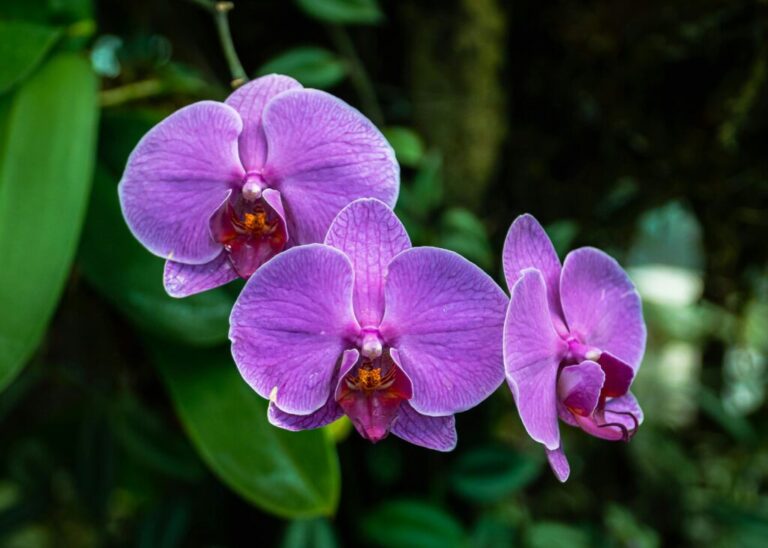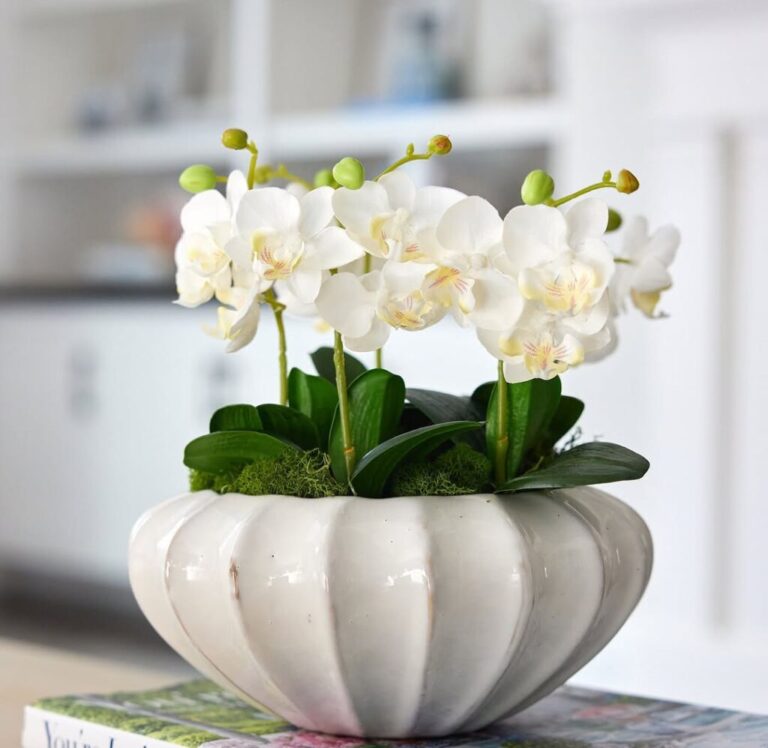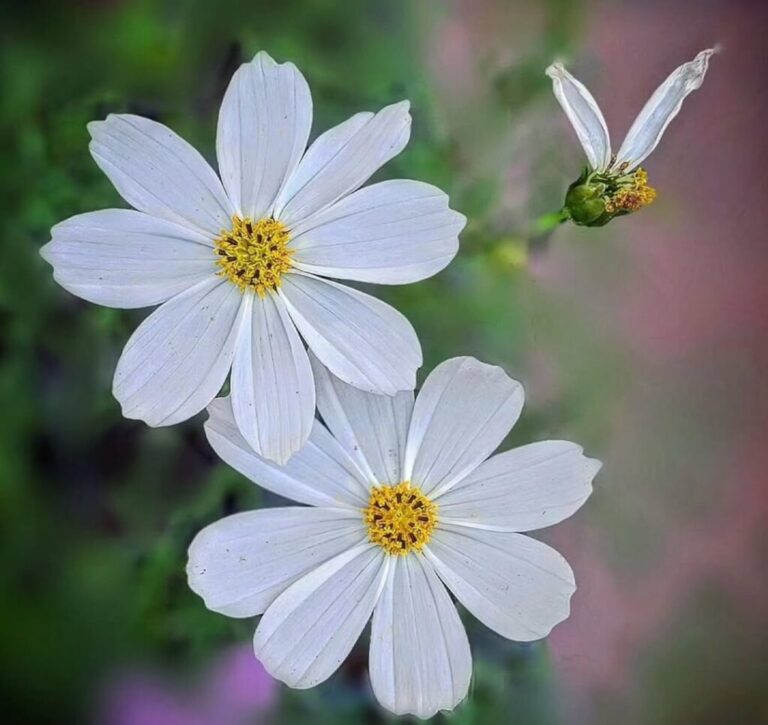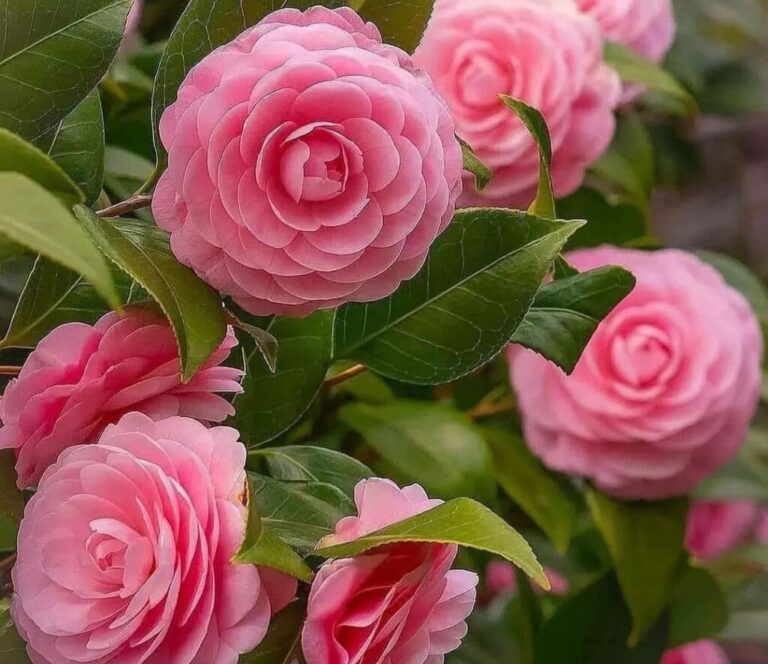Phalaenopsis Tetraspis is a unique and mesmerizing orchid species known for its unpredictable bloom patterns, where each flower can display different amounts of red, white, or cream colors. This natural variation makes it a fascinating plant to grow. If you’re new to orchids, don’t worry—this guide will walk you through the most important care tips to keep your Phalaenopsis Tetraspis healthy and blooming beautifully year after year.
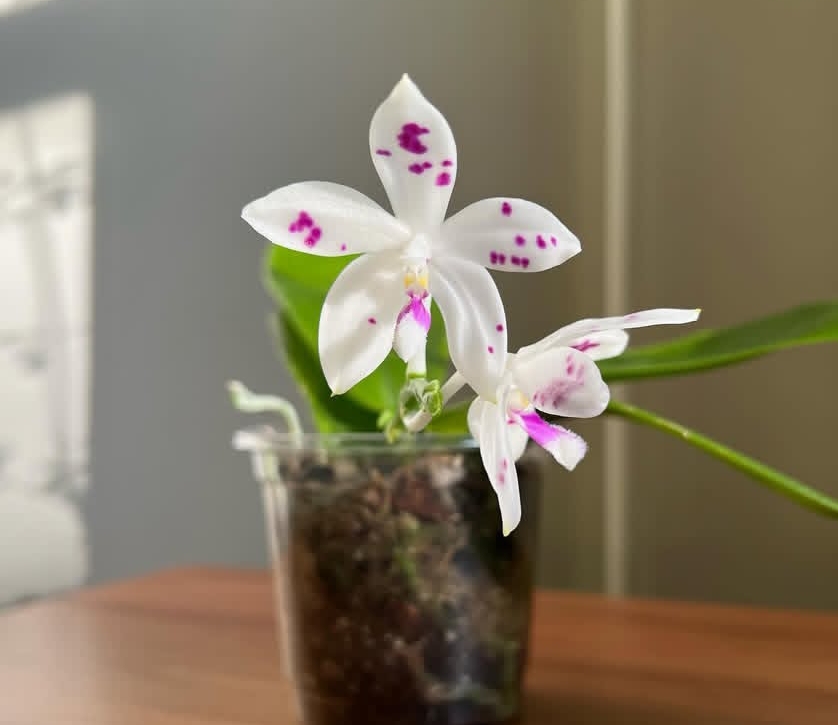
Phalaenopsis Tetraspis Profile
| Aspect | Details |
|---|---|
| Scientific Name | Phalaenopsis tetraspis |
| Common Name | Tetraspis Orchid |
| Family | Orchidaceae |
| Origin | Southeast Asia |
| Light | Bright, indirect light |
| Watering | Water when roots turn silvery |
| Humidity | 50–70% for optimal growth |
| Temperature | 65–85°F (18–29°C) |
| Fertilizer | Weak, weekly orchid fertilizer |
| Potting Mix | Bark, sphagnum moss, or a mix |
| Repotting | Every 2–3 years or when mix decomposes |
| Bloom Time | Year-round, depending on conditions |
| Toxicity | Non-toxic to cats and dogs |
- 1 1. Provide Bright, Indirect Light
- 2 2. Water When Roots Turn Silvery
- 3 3. Maintain High Humidity (50–70%)
- 4 4. Keep Temperatures Between 65–85°F (18–29°C)
- 5 5. Use a Well-Draining Potting Mix
- 6 6. Fertilize Weekly with a Weak Solution
- 7 7. Repot Every 2–3 Years
- 8 8. Encourage Blooming with a Slight Temperature Drop
- 9 9. Prune Spent Flower Spikes Correctly
- 10 10. Watch for Common Pests and Diseases
- 11 Phalaenopsis Tetraspis Care – FAQs
1. Provide Bright, Indirect Light
Phalaenopsis Tetraspis thrives in bright, indirect light, similar to its natural environment under the canopy of tropical forests. Too much direct sunlight can burn the leaves, causing yellow spots or crispy edges.
On the other hand, insufficient light can slow down growth and prevent the plant from producing flowers. For the best results, place your orchid near an east-facing window where it gets gentle morning sunlight. If you only have a south- or west-facing window, use sheer curtains to filter the light and prevent leaf damage.
2. Water When Roots Turn Silvery
Unlike many houseplants that follow a strict watering schedule, orchids require a different approach. The best way to determine when to water is by observing the roots. When they appear silvery or grayish, it means they need moisture.
Green roots indicate that the plant still has enough water. Watering too frequently can lead to root rot, which is one of the most common mistakes beginners make. To avoid this, water in the morning with room-temperature water and allow excess moisture to drain completely before placing the pot back in its decorative container.
3. Maintain High Humidity (50–70%)
Phalaenopsis Tetraspis originates from humid tropical regions, so maintaining the right humidity level is crucial for its health. If the air in your home is too dry, the plant may develop wrinkled leaves, slower growth, or failed flower buds. Ideally, keep the humidity between 50% and 70%. If your home has low humidity, using a humidity tray filled with pebbles and water can help.
You can also place a small humidifier near your orchid or group it with other houseplants to create a more humid microenvironment. Regular misting is another option, but be sure to avoid misting directly onto the flowers to prevent rot.
4. Keep Temperatures Between 65–85°F (18–29°C)
Phalaenopsis Tetraspis prefers warm temperatures, making it well-suited for indoor growing. However, sudden temperature changes can stress the plant and affect its blooming cycle.
Avoid exposing your orchid to cold drafts from air conditioners, windows, or open doors in winter, as temperatures below 60°F can slow down growth. Similarly, prolonged exposure to high heat above 90°F may cause dehydration. The best way to maintain a stable temperature is to keep your orchid in a room with consistent warmth and good air circulation. If needed, use a small fan to keep air moving around the plant.
5. Use a Well-Draining Potting Mix
Unlike traditional houseplants, Phalaenopsis orchids require a special potting mix that provides excellent drainage and airflow. The best mix consists of orchid bark, sphagnum moss, or a combination of both.
Regular potting soil should never be used, as it retains too much moisture and can suffocate the roots, leading to rot. If you live in a humid environment, a bark-based mix works best, as it dries out faster. For drier climates, adding sphagnum moss helps retain moisture longer. Choosing a breathable plastic or clay pot with drainage holes further ensures healthy root growth.
6. Fertilize Weekly with a Weak Solution
Phalaenopsis Tetraspis needs regular feeding to maintain strong growth and encourage frequent blooming. However, using too much fertilizer can lead to root damage and salt buildup in the potting mix.
The best approach is to use a balanced orchid fertilizer at ¼ strength once a week, following the “weakly, weekly” rule. Look for a fertilizer labeled 20-20-20 or one specifically designed for orchids. Once a month, flush the potting mix with plain water to remove any accumulated fertilizer salts that could harm the roots. This routine ensures your plant gets all the nutrients it needs without overfeeding.
Phalaenopsis Tetraspis Care Guide
| Aspect | Care Requirements |
|---|---|
| Light | Bright, indirect light |
| Watering | Water when roots turn silvery |
| Humidity | 50–70% for optimal growth |
| Temperature | 65–85°F (18–29°C) |
| Fertilizer | Weak, weekly orchid fertilizer |
| Potting Mix | Bark, sphagnum moss, or a mix |
| Repotting | Every 2–3 years or when mix decomposes |
| Bloom Time | Year-round, depending on conditions |
7. Repot Every 2–3 Years
Over time, the orchid’s potting mix decomposes and becomes compacted, reducing airflow to the roots. This can lead to poor root health and an increased risk of rot. To prevent this, repot your Phalaenopsis Tetraspis every 2–3 years or whenever you notice the mix breaking down.
The best time to repot is right after the plant has finished blooming. Choose a slightly larger pot with plenty of drainage holes, and always use fresh orchid bark or moss. During repotting, inspect the roots for any dead or mushy sections and trim them with sterile scissors to promote healthy growth.
8. Encourage Blooming with a Slight Temperature Drop
One of the unique aspects of Phalaenopsis Tetraspis is its ability to bloom multiple times a year. However, sometimes it needs a little encouragement. A slight drop in nighttime temperature—around 5–10°F lower than daytime—can stimulate flower spike development.
This cooling effect mimics the plant’s natural environment and signals that it’s time to bloom. If your orchid hasn’t flowered in a while, try moving it to a cooler spot (around 60°F at night) for a few weeks. Once a flower spike appears, return it to its normal growing conditions, and soon you’ll enjoy its beautiful, unpredictable blooms.
9. Prune Spent Flower Spikes Correctly
After your Phalaenopsis Tetraspis finishes blooming, it’s important to prune the flower spike correctly to encourage future blooms. If the spike is still green, you can cut it back to the second or third node to promote a secondary bloom.
If the spike turns brown and dries out, it’s best to trim it at the base to allow the plant to focus energy on new growth. Always use sterilized scissors or pruning shears to avoid introducing bacteria or infections. Regular pruning helps your orchid stay healthy and encourages new blooms throughout the year.
10. Watch for Common Pests and Diseases
Although Phalaenopsis Tetraspis is relatively easy to care for, it can occasionally attract pests like mealybugs, spider mites, and scale insects. Because they are sucking sap from the leaves and stems, these pests might weaken the plant.
The best way to prevent infestations is by regularly inspecting your orchid and wiping the leaves with a damp cloth. If you notice any pests, use an insecticidal soap or neem oil to treat the problem early. Additionally, avoid overwatering to prevent fungal infections and root rot, which are the most common diseases affecting orchids. Keeping a clean and well-ventilated growing area helps maintain plant health.
Phalaenopsis Tetraspis is a rewarding and easy-to-care-for orchid, making it an excellent choice for beginners. With the right balance of light, water, temperature, and humidity, this orchid can thrive and bloom multiple times a year. By following these ten simple care tips, you can enjoy its stunning flowers and unique color patterns for many years.
Phalaenopsis Tetraspis Care – FAQs
What is Phalaenopsis Tetraspis?
Phalaenopsis Tetraspis is a unique species of orchid known for its striking, randomly patterned red and white flowers. It is native to the Andaman and Nicobar Islands and thrives in warm, humid conditions.
How often should I water Phalaenopsis Tetraspis?
Water it when the roots turn silvery-white, usually every 5 to 7 days. Use room-temperature water and avoid overwatering to prevent root rot.
Does Phalaenopsis Tetraspis need high humidity?
Yes, it prefers 60-80% humidity. If your home is dry, use a humidity tray, a room humidifier, or mist the leaves lightly (but avoid the crown).
How do I fertilize Phalaenopsis Tetraspis?
Feed it weekly or biweekly with a balanced orchid fertilizer (such as 20-20-20) at half strength during active growth. Reduce feeding in winter.
How can I encourage Phalaenopsis Tetraspis to bloom?
Provide stable temperatures, proper humidity, and regular feeding. A slight nighttime temperature drop of 10°F (5°C) can help trigger blooming.
Can I grow Phalaenopsis Tetraspis mounted?
Yes, it can be grown mounted on cork or wood, but you must maintain high humidity and water more frequently since it dries out faster.
Does Phalaenopsis Tetraspis need a winter rest?
No, it does not require a winter dormancy. However, it may slow down growth during colder months. Adjust watering and feeding accordingly.


